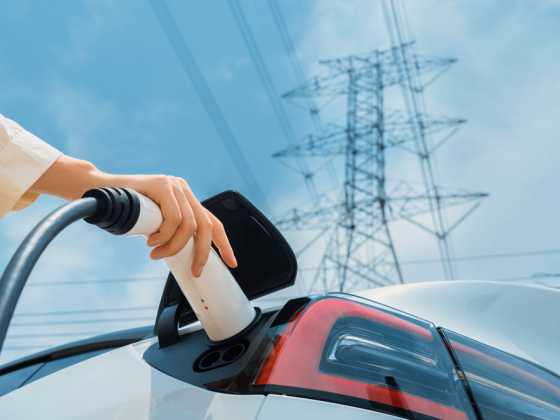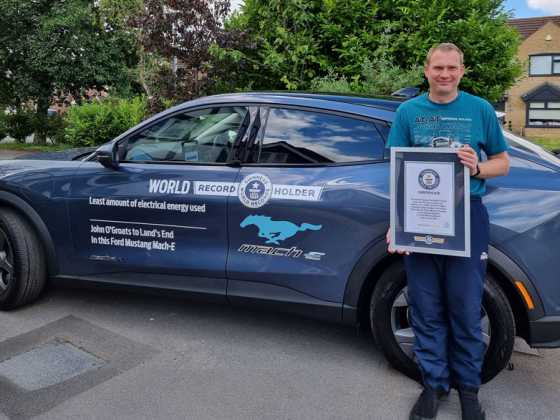Mission ultra low emission
Transport Minister Baroness Kramer explains the Go Ultra Low Campaign campaign and the wider work it is doing to get the country driving greener
 2014 has already started with a bang. And there is the prospect of much more to come.
2014 has already started with a bang. And there is the prospect of much more to come.
A really important early moment was seeing the Deputy Prime Minister standing alongside senior figures from the car industry to launch the Go Ultra Low campaign in January. This joint funded media campaign is a clear statement of intent by both government and industry. Government is doing its bit to support the transition to ultra low emission vehicles (ULEVs) – through tax benefits, funding chargepoints, providing incentives and much more. And the car companies are delivering an increasing selection of mainstream vehicles at competitive prices. Now it is time to get that message out there and bust some of the persistent myths around these cars.
The advertising we have run in the national press, internet and on radio, supported by PR, has already captured people’s interest. And we have had very positive reactions to the campaign messages so far. But there is a lot more Go Ultra Low activity still to come over the next few months – so do keep an eye on the website (GoUltraLow.com) and Twitter (@GoUltraLow).
The campaign has a strong fleet element – including a dedicated section on the website. If you are looking for a basic introduction to all things ultra low emission, through to the more detailed questions about the nitty-gritty of charging, you will find the answers at GoUltraLow.com.
A thriving industry
The campaign hits at a time when the vital statistics on this agenda are looking increasingly healthy. The number of new ULEVs registered in January this year was pushing 700 per cent higher than the same month last year. With a number of significant vehicle launches due in the next few months (including, very importantly, some excellent light commercial vehicles) we will soon pass 10,000 grant claims. The UK is also performing strongly on installing infrastructure, with several thousands of publicly accessible chargepoints already out there, some 5,000 domestic chargepoints installed over the last nine months, and the prospect of a UK‑wide network of over 500 rapid chargers by next spring – the best in Europe.
Let’s not pass over the significance of that last achievement. Such a dense network of rapid chargers allows ULEVs to undertake even the most demanding duty cycles. Rapid chargers are not just about enabling motorway journeys but about ensuring businesses like yours can integrate ULEVs into their fleets without compromise.
I am grateful for the breadth and depth of responses we had to the call for evidence on how to use the £500 million earmarked to support the ULEV sector after 2015. We have analysed the material and are now working up options. Expect an announcement on this later in the spring. We want to enable long-term planning certainty for the sector – in the way that motoring taxes now do following Budget 2013.
Greening government's own fleet
Around the same time we will also be setting out central government’s plans for readying its own fleets for the transition to ULEVs. In the Autumn Statement we announced a £5 million package to provide support for every central government fleet to be able to integrate a number of ULEVs into their fleet, and we have provided provision for fleets across the wider public sector to do the same. I have made it a personal mission to ensure government’s house is thoroughly in order.
And we will continue to involve fleets in much of what we do over the next year. Thanks to everyone who has signed up to the Office for Low Emission Vehicle’s LinkedIn group for fleets – we now have over 150 members and the numbers are growing each month. Participants are continuing to use the group to engage with like-minded people on and offline (join at http://www.linkedin.com/groups/OLEV-Fleets-Forum-6547857/about). The activity on our new Twitter handle, @OLEVgovuk, is also growing with over 600 followers and nearly 300 tweets so far.
We are also working with the Energy Saving Trust to continue to provide support for organisations as they look at the case for introducing ULEVs into their fleets. Over the past couple of years, the Plugged-in Fleets Initiative has successfully walked a variety of fleets through what it means to go ultra low. And the proof has very much been in the pudding, with dozens of fleets taking up the vehicles and reaping the rewards on a daily basis. When you combine the growing variety of vehicles, able to fit a range of duty cycles, with the low running costs, tax breaks and sizeable government grants, the business case really does stack up for many fleets. And that has to be a good thing for fleets in the year ahead.
Further information
www.goultralow.com






